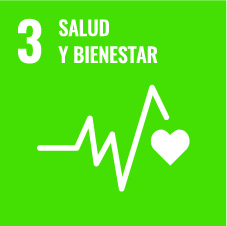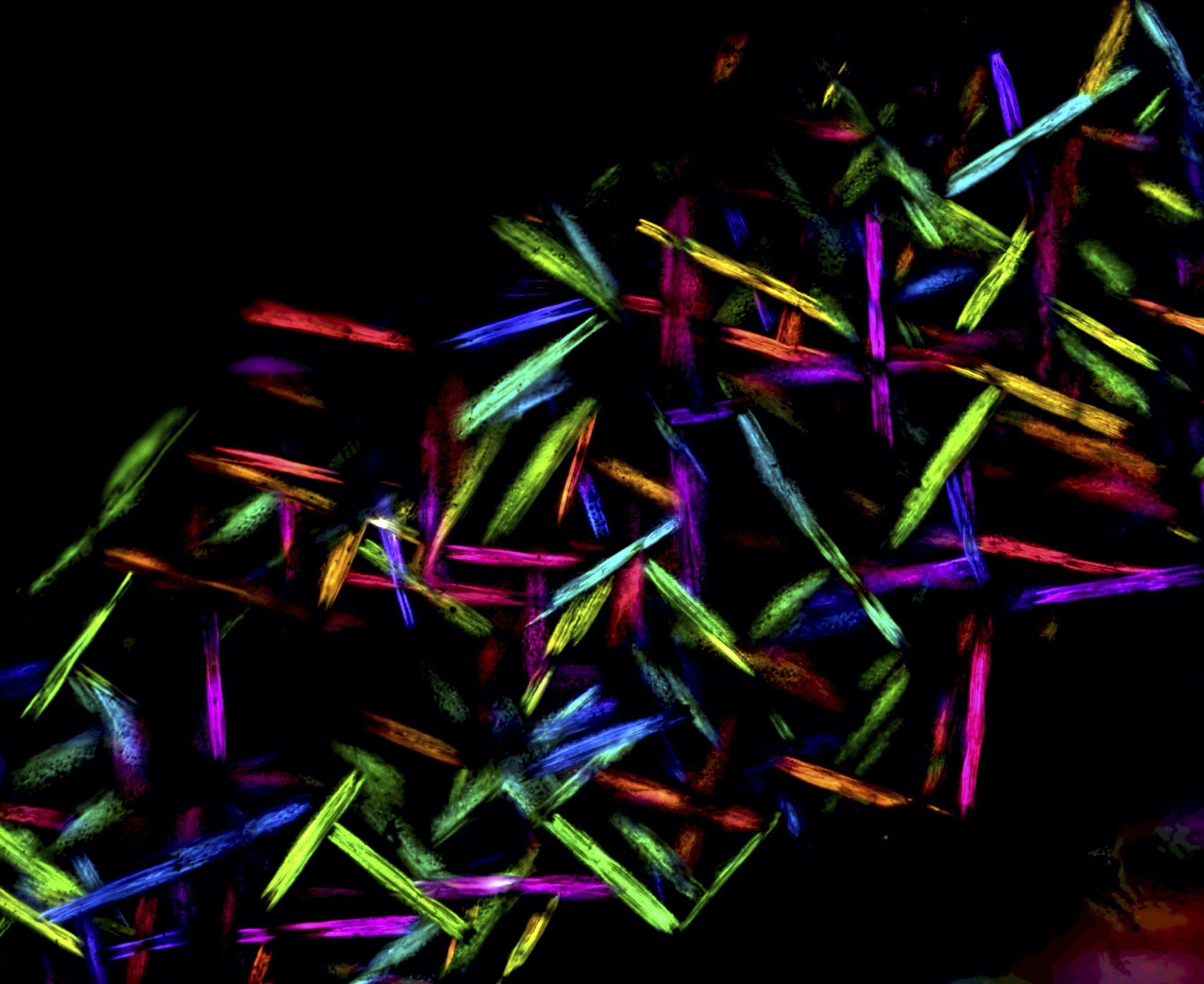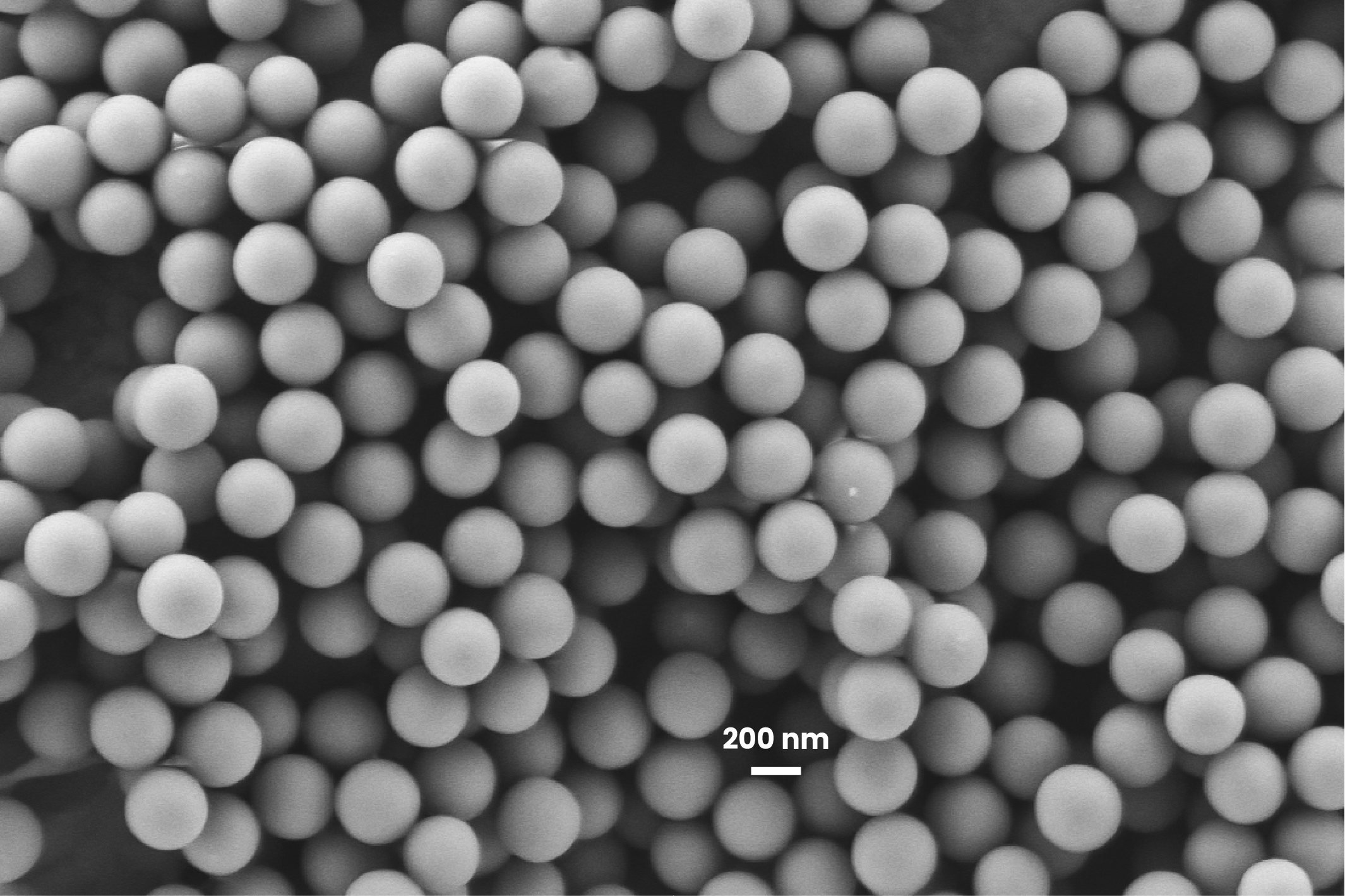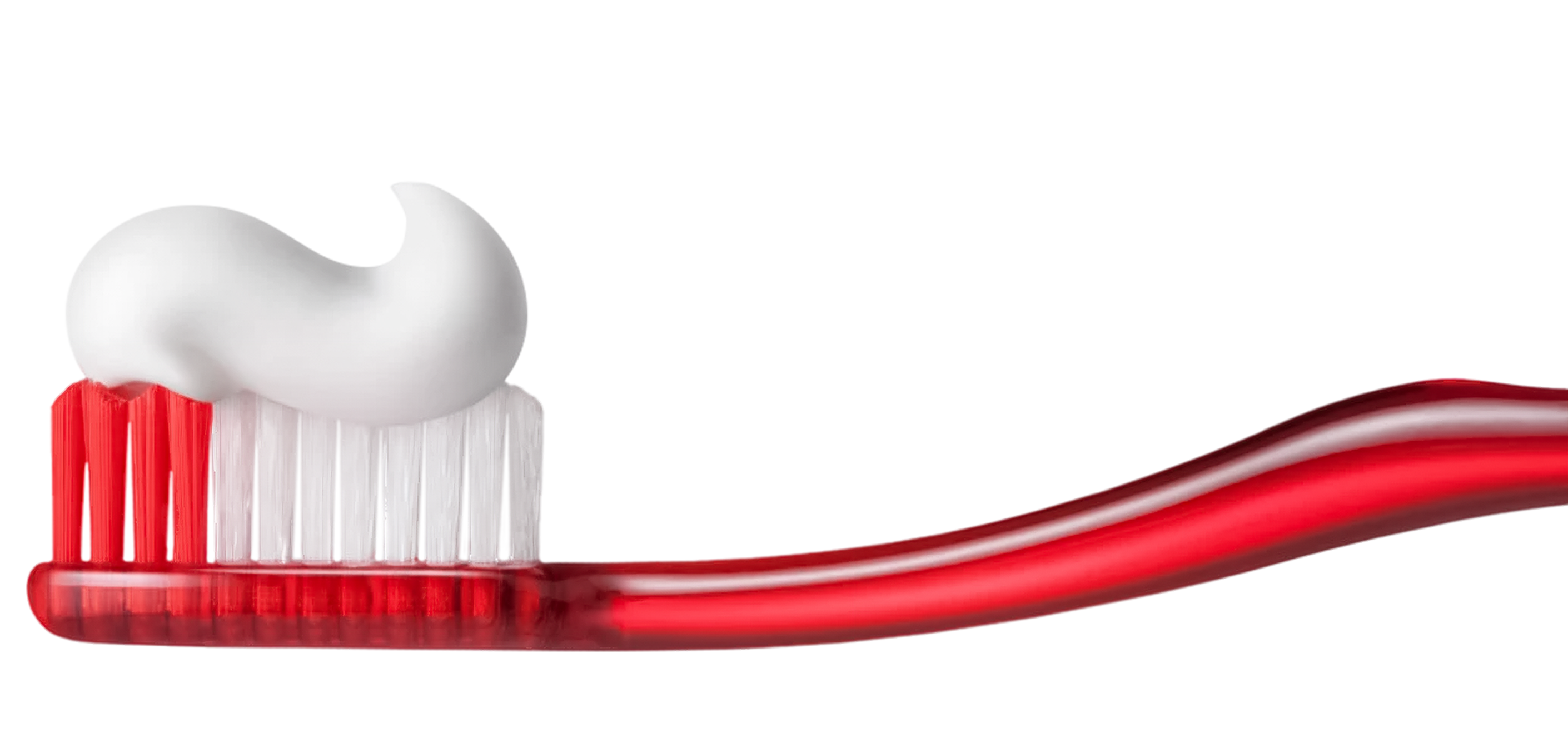Explore the exhibition




Mica glass-ceramic material for dental crowns with computer-assisted design and manufacture (CAD-CAM). The colours indicate different crystallographic orientations. R. G. Hill, A. Boyde (Queen Mary University of London)

Nanoparticles of bioactive
glass suitable for
administering drugs and
biologically active ions.A. R. Boccaccini, K. Zheng
(Erlangen-Nuremberg
University)

Glass-ceramic
materials
in dentistry
When a cavity or a lesion means that a tooth or
part of it needs to be replaced, the most advisable course is to use materials that are similar to natural teeth. Consequently, glass-ceramic materials are commonly used in dentistry: these are glasses that have crystallized in a controlled manner after thermal treatment.
Glass-ceramic materials have an interesting
combination of properties, such as transparency
and high mechanical resistance. That is why they
are used to make implants, crowns or dental
bridges. Indeed, a combination of these materials
is commonly used in dentistry. For example, the
strongest (such as lithium disilicate) are used as
the main framework in bridges, while those that
look similar to natural tooth (such as leucite or
fluorapatite glass ceramics) are used as coatings.
Repair toothpaste
Glass nanoparticles in some toothpastes help to repair the damaged dentine. The images below show the effects of some of these products at a microscopic scale.

Scanning electron microscopy images of dentin (a) untreated (b) 24 hours and (c) five days after the application of NovaMin®. Earl et al.

Scanning electron microscopy images of dentin (d) untreated, (e) occluded tubules after brushing with BioMinF® toothpaste and (f) tubules which continue to be occluded after brushing with a 6% citric acid mouthwash for 30 seconds. (Queen Mary University of London) – BioMin® Technologies Ltd
Glass-ceramic materials in dentistry
When a cavity or a lesion means that a tooth or part of it needs to be replaced, the most advisable course is to use materials that are similar to natural teeth. Consequently, glass-ceramic materials are commonly used in dentistry: these are glasses that have crystallized in a controlled manner after thermal treatment.
Glass-ceramic materials have an interesting combination of properties, such as transparency and high mechanical resistance. That is why they are used to make implants, crowns or dental bridges. Indeed, a combination of these materials is commonly used in dentistry. For example, the strongest (such as lithium disilicate) are used as the main framework in bridges, while those that look similar to natural tooth (such as leucite or fluorapatite glass ceramics) are used as coatings.

Mica glass-ceramic material for dental crowns with computer-assisted design and manufacture (CAD-CAM). The colours indicate different crystallographic orientations. R. G. Hill, A. Boyde (Queen Mary University of London)
Nanoparticles of bioactive glass suitable for administering drugs and biologically active ions. A. R. Boccaccini, K. Zheng (Erlangen-Nuremberg University)


Repair toothpaste
Glass nanoparticles in some toothpastes help to repair the damaged dentine. The images below show the effects of some of these products at a microscopic scale.

Scanning electron microscopy images of dentin (a) untreated (b) 24 hours and (c) five days after the application of NovaMin®. Earl et al.

Scanning electron microscopy images of dentin (d) untreated, (e) occluded tubules after brushing with BioMinF® toothpaste and (f) tubules which continue to be occluded after brushing with a 6% citric acid mouthwash for 30 seconds. (Queen Mary University of London) – BioMin® Technologies Ltd



